UPDATE | January 17, 2022
"The total for the year is on New Year's Day." Many Japanese go to temples and shrines for the first time in the New Year, thank God, set goals for the year, and fortune for the year with fortunes. This time, we would like to introduce you to the temples and shrines that you should definitely visit when you come to Kyoto, as well as the surrounding sightseeing spots.
INDEX
"The total for the year is on New Year's Day." Many Japanese go to temples and shrines for the first time in the New Year, thank God, set goals for the year, and fortune for the year with fortunes. This time, we would like to introduce you to the temples and shrines that you should definitely visit when you come to Kyoto, as well as the surrounding sightseeing spots.

Where is it?⇒Click here for the map
It is said that there are about 30,000 Inari shrines nationwide, which are famous as the gods of five-grain fertility (rich grain such as rice and wheat) and business prosperity (business goes well). The main shrine is this Fushimi Inari Shrine in Kyoto. It is a shrine built on the entire mountain called Mt. Inari and is also famous as a power spot. It has a long history, and it seems that 2011 marked 1300 years.
The scenery of the vermilion torii gates called "Senbon Torii" is a masterpiece, and it is shared a lot on Instagram.
It is very popular with tourists from overseas and is crowded with many people even on weekdays. You can worship 24 hours a day, so we recommend early morning or evening hours.
Also, on rainy days, there are relatively few people and you can encounter mysterious scenery, so if you want to avoid congestion, please visit on rainy days.
The nearest station is JR Inari Station or Keihan Line Fushimi Inari Station.
Tofukuji Temple and Komyoin Temple, which are famous for their autumn colors, are nearby, and you can walk around these temples as well.
It's a little far from the center, but it's a short train or bus ride from Kyoto Station, so I think it's perfect for a half-day walk plan.
[PR]

Where is it?⇒Click here for the map
This is also a famous tourist destination in Kyoto, and if you have been to Kyoto, you may have visited it once.
Kiyomizu-dera was built about 1200 years ago and is now a UNESCO World Cultural Heritage Site. It has been hit by fire more than 10 times so far, but it is said that it has been rebuilt each time by worshipers.
The stage of a wooden building with a maximum length of 12 meters built on the slope of a mountain is assembled without using any nails. Making a big decision can be likened to "jumping off the stage of Kiyomizu."
You can enjoy the scenery of cherry blossoms in spring and autumn leaves in autumn, and you can see a different scenery at night for a limited time.
After worshiping at Kiyomizu-dera, you can take a walk through Kodaiji Temple and Yasaka Shrine through Sanneizaka and Nineizaka, and go to the Gojo area where you can feel the atmosphere. It is also recommended to wander around the streets of Miyagawa-cho and Gion Shijo.
In addition to the standard matcha sweets, there are many shops where you can enjoy authentic roasted coffee and Kyoto craft beer.

Where is it?⇒Click here for the map
The official name is "Rokuonji", but it is generally called "Kinkakuji" because the building called "Kinkaku" in the precincts is especially famous.
This is also old, and is said to have been built by Shogun Ashikaga during the Muromachi period (1336-).
The gardens and architecture of Kinkakuji are said to represent the Paradise Pure Land (a world where Buddhist gods live and are comfortable after death), and the emperor at that time was invited and cultural exchanges with China and other countries were actively carried out. It seems that it was broken.
The scenery is different in each season of spring, summer, autumn and winter, so you can feel sacred whenever you visit.
Imagine that all the great people of the past enjoyed the scenery of the garden while drinking tea, and it feels like a time trip to that era.
Kinkakuji can be reached by bus or train, but we recommend rental motorcycles. There are many rental motorcycle shops in Kyoto, so you can rent a bicycle and have lunch in the Kinkakuji-Nishijin area-Shimogamo Shrine-along the Kamogawa River. You can enjoy Kyoto from the perspective of the people of.
Finally, I would like to touch on the difference between a temple and a shrine.
Simply put, temples are "Buddhism" and shrines are "Shinto", which are facilities of different religions. The big difference is that temples generally have Buddhist statues and tombs, and shrines have torii gates.
Buddhism is a foreign religion that is said to have been introduced to Japan from foreign countries such as China and India.
There are Buddhist practitioners such as monks and nuns in the temple, and statues of Buddha are placed there. There are many types of Buddha, such as Dainichi Nyorai, Yakushi Nyorai, Shaka Nyorai, and Seikan Nonbosatsu.
On the other hand, Shinto is a religion of Japanese origin and worships many gods. We also worship nature such as mountains, forests, stones, and sacred trees, as well as specific people. The basic idea of Shinto is that God dwells in everything in the world.
It is said that the origin of the shrine is the place where the worshiped nature was and the place where the sacred ritual was performed.
The torii that stands at the entrance of the shrine has the meaning of distinguishing between the world of God and the world in which people live.
In this way, it can be said that the uniqueness of Japanese culture is that religions from abroad and religions unique to Japan exist in harmony from ancient times to the present.
Detailed worship etiquette is introduced in this article.
[Japanese culture] What is "Hatsumode" unique to Japan?
How was that?
Here are three recommended temples and shrines that you should definitely visit when you visit Kyoto. I hope it will be helpful for everyone to visit Kyoto.

A freelance Japanese teacher and local guide from Osaka. I fell in love with Kyoto in 2020 and moved to 2021. Currently, while teaching Japanese mainly in private lessons, he plans and manages writing, Chinese-Japanese translation proofreading, and online experiences.
[PR]
[PR]